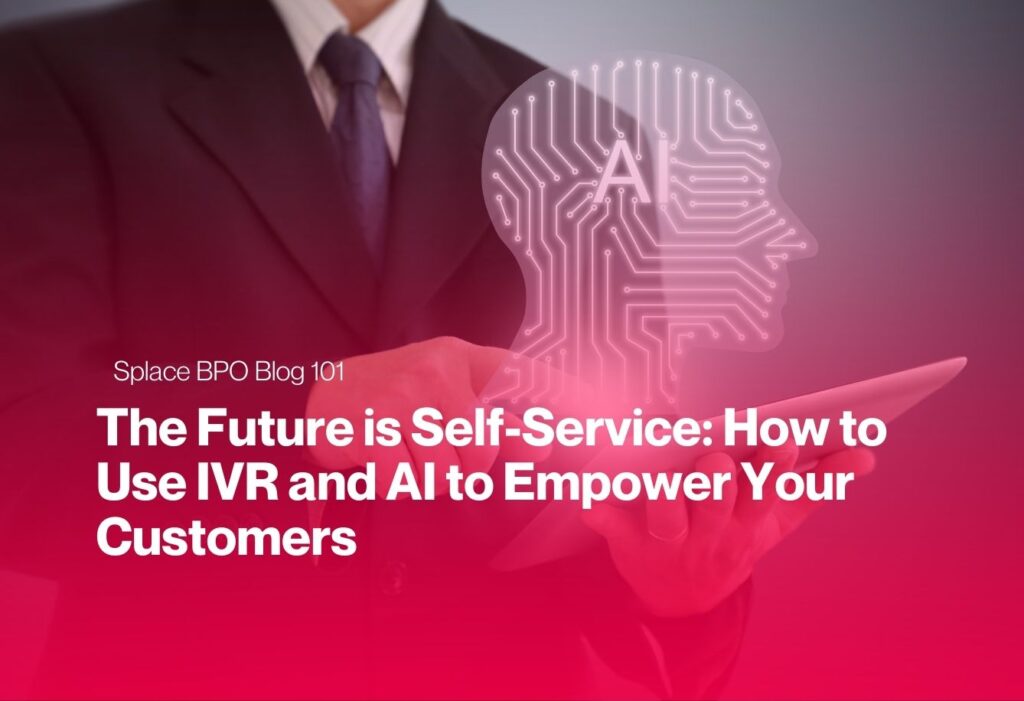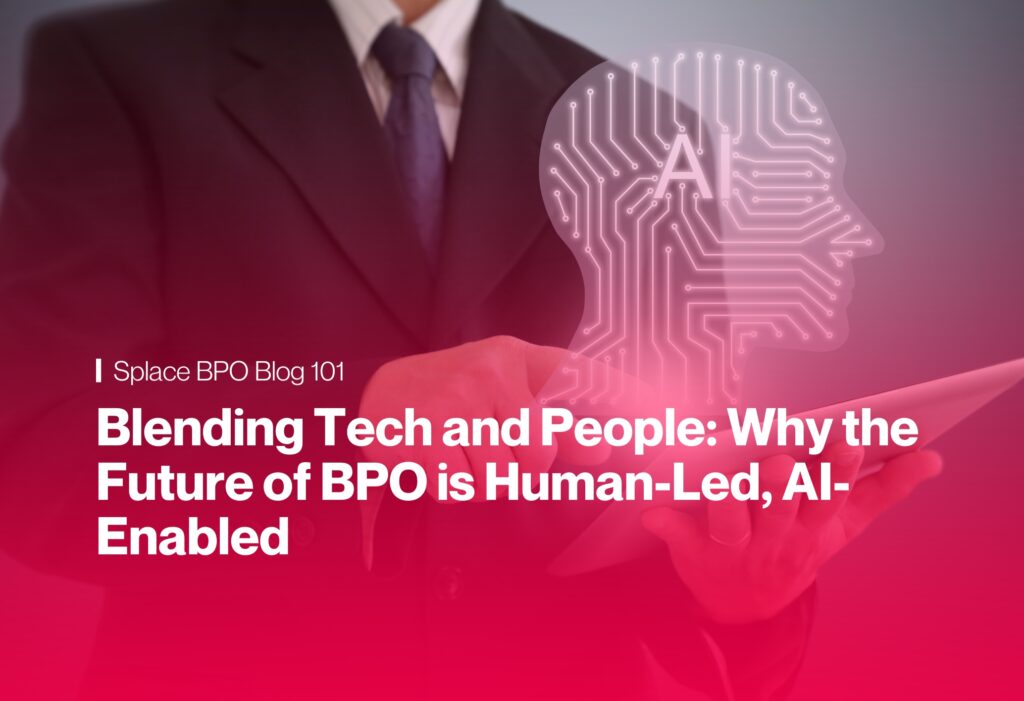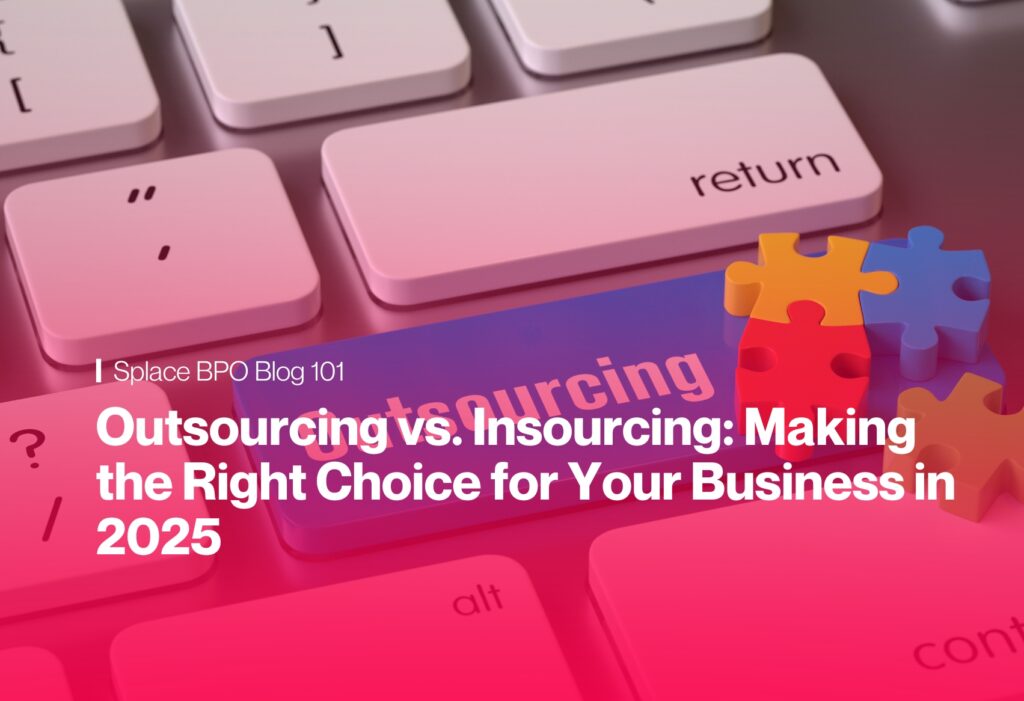The Future is Self-Service: How to Use IVR and AI to Empower Your Customers

Introduction Customers today want speed, convenience, and control. They don’t always want to wait for an agent to answer simple questions—often, they prefer solving issues themselves. That’s why call center performance optimization increasingly depends on smart self-service solutions powered by IVR (Interactive Voice Response) and AI. By combining these technologies, organizations can implement contact center […]
The Efficiency Toolkit: Simple Ways to Reduce Costs and Maximize Call Center Efficiency

Introduction In today’s fast-paced service landscape, call centers are under pressure to do more with less—providing exceptional customer experiences while reducing operational costs. The key lies in call center performance optimization, where efficiency and customer satisfaction go hand in hand. This guide highlights practical contact center optimization strategies and shows you how to optimize a […]
The CX Advantage: 7 Proven Strategies to Transform Your Call Center’s Customer Experience

Introduction In a competitive market, customer experience (CX) is the ultimate differentiator. For call centers, delivering exceptional CX requires more than answering calls—it demands a modern approach to call center performance optimization and a clear understanding of how to optimize a call center. By implementing the right strategies, organizations can turn their contact centers into […]
Shaping the Future of CX: Splace BPO at CCW ANZ Winter 2025

The Customer Contact Week Australia and New Zealand Winter 2025 (CCW ANZ Winter 2025) conference concluded as one of the largest and most influential customer contact events in the region, drawing hundreds of industry leaders, practitioners, and decision-makers from across the Asia-Pacific. Recognized as a premier platform for advancing customer experience (CX), the event featured […]
How to Choose the Right BPO Partner: 5 Key Questions Every CEO Must Ask

Introduction Choosing a BPO partner isn’t just about finding someone to take tasks off your plate. It’s about choosing a collaborator who will understand your goals, represent your brand, and scale with you. As a CEO, your decision will shape not just your bottom line—but your business’s future. This blog isn’t a sales pitch. It’s […]
From Data to Decisions: How We Help Businesses Make Smarter Moves

From Data to Decisions In today’s fast-paced world, businesses aren’t struggling to get data—they’re drowning in it. From customer interactions to performance metrics, there’s more information than ever before. But the real challenge? Making sense of all that noise and turning it into something useful.At Splace BPO, we know that data is only as good […]
Omnichannel Support: Meeting Customers Where They Are

Blending Tech and People: Why the Future of BPO is Human-Led, AI-Enabled Let’s be honest—no one likes waiting. Especially not customers who are already juggling work, errands, and life. When they need help, they don’t want to hunt for a phone number or repeat their story five times across different platforms. They want support that’s […]
Blending Tech and People: Why the Future of BPO is Human-Led, AI-Enabled

Blending Tech and People: Why the Future of BPO is Human-Led, AI-Enabled Let’s face it—when we hear the term “AI” in the workplace, we tend to imagine robots taking over jobs, automated voices on customer calls, and a future where human roles feel secondary. But here’s the truth: the best BPO companies aren’t replacing people […]
Beyond Cost Savings: How Smart BPO Partnerships Drive Business Growth

Introduction When we think about outsourcing, the first thing that often comes to mind is cutting costs. While that’s definitely true, especially in the realm of BPO, it’s not the only reason businesses are turning to these partnerships. In the right context, a BPO collaboration can significantly enhance customer experiences, spark innovation, and open doors […]
Outsourcing vs. Insourcing: Making the Right Choice for Your Business in 2025

Introduction In today’s hyper-competitive and tech-driven world, how you build your operations team is no longer just a logistical decision—it’s a strategic one. The question is no longer if you should outsource, but what, when, and why. As we navigate 2025, the balance between outsourcing and insourcing has evolved. It’s no longer a binary choice—it’s […]







